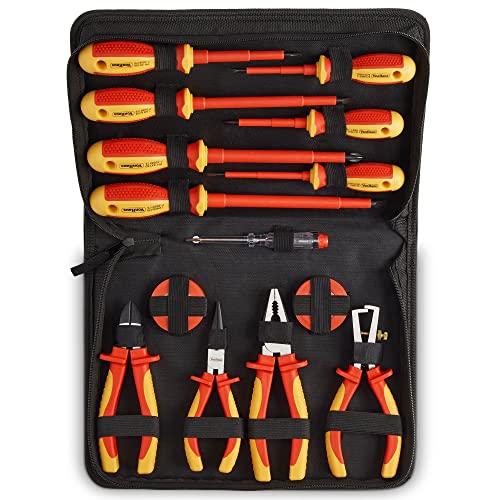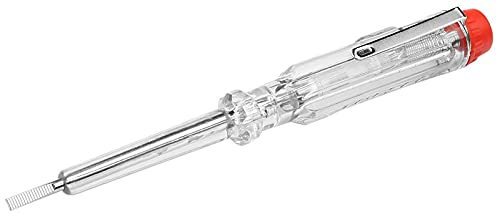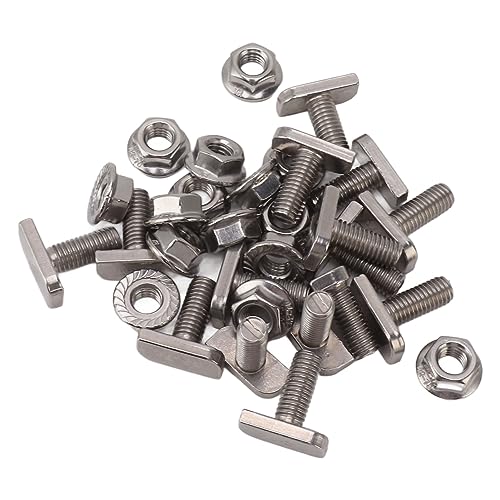See above!!
Anyway, referring to the photograph.
Unearthed armour........ All exposed conductive parts must be earthed in installation that contains the protective device. Armour is an exposed conductive part.
There are more circuits than there are MCB's One appears to be feeding TWO circuits.. How you supposed to isolate the one circuit without inadvertently shutting off the other, that is a non compliance in itself, never mind other issues that may be involved.
john..
Anyway, referring to the photograph.
Unearthed armour........ All exposed conductive parts must be earthed in installation that contains the protective device. Armour is an exposed conductive part.
There are more circuits than there are MCB's One appears to be feeding TWO circuits.. How you supposed to isolate the one circuit without inadvertently shutting off the other, that is a non compliance in itself, never mind other issues that may be involved.
john..
































































